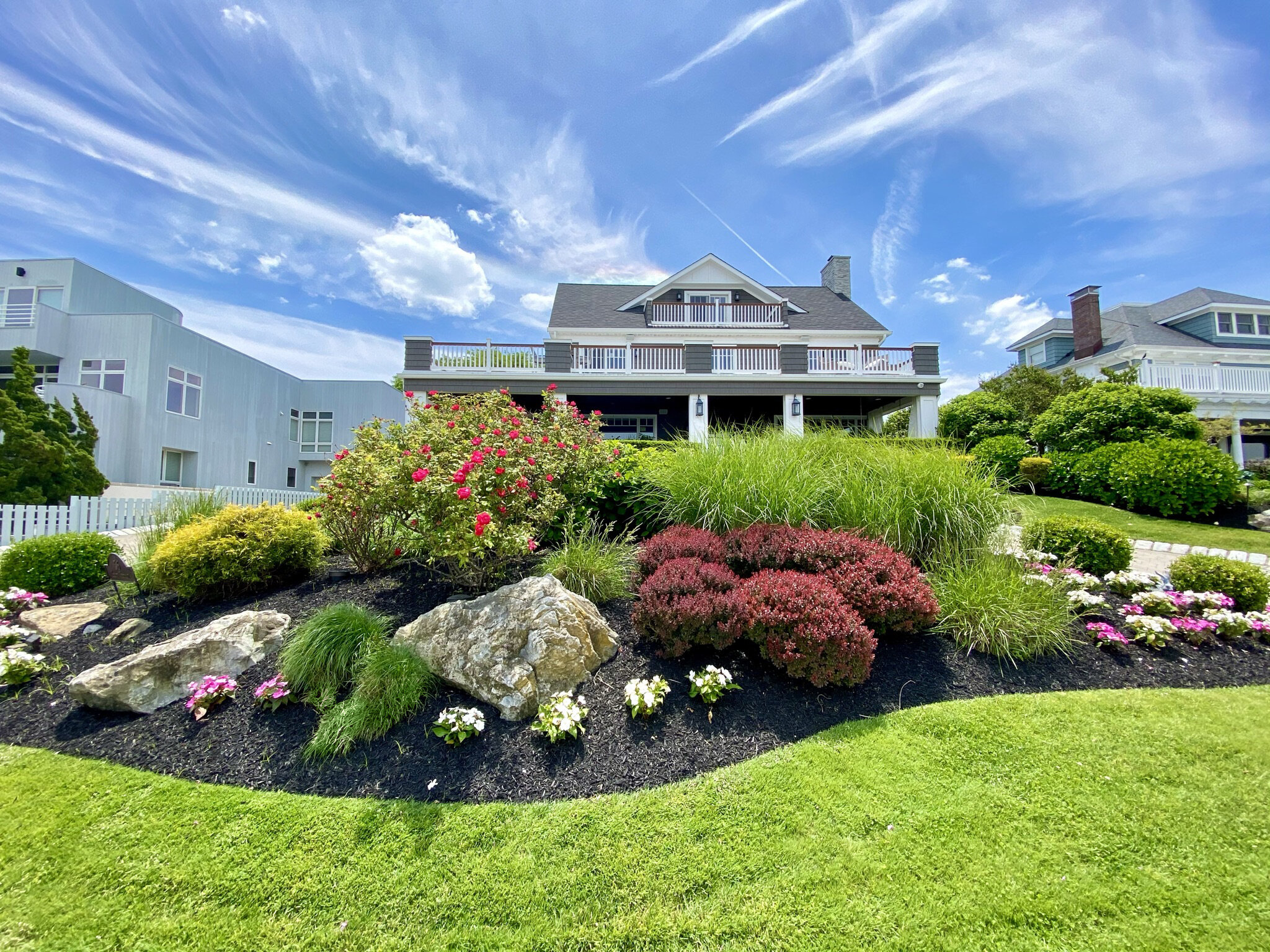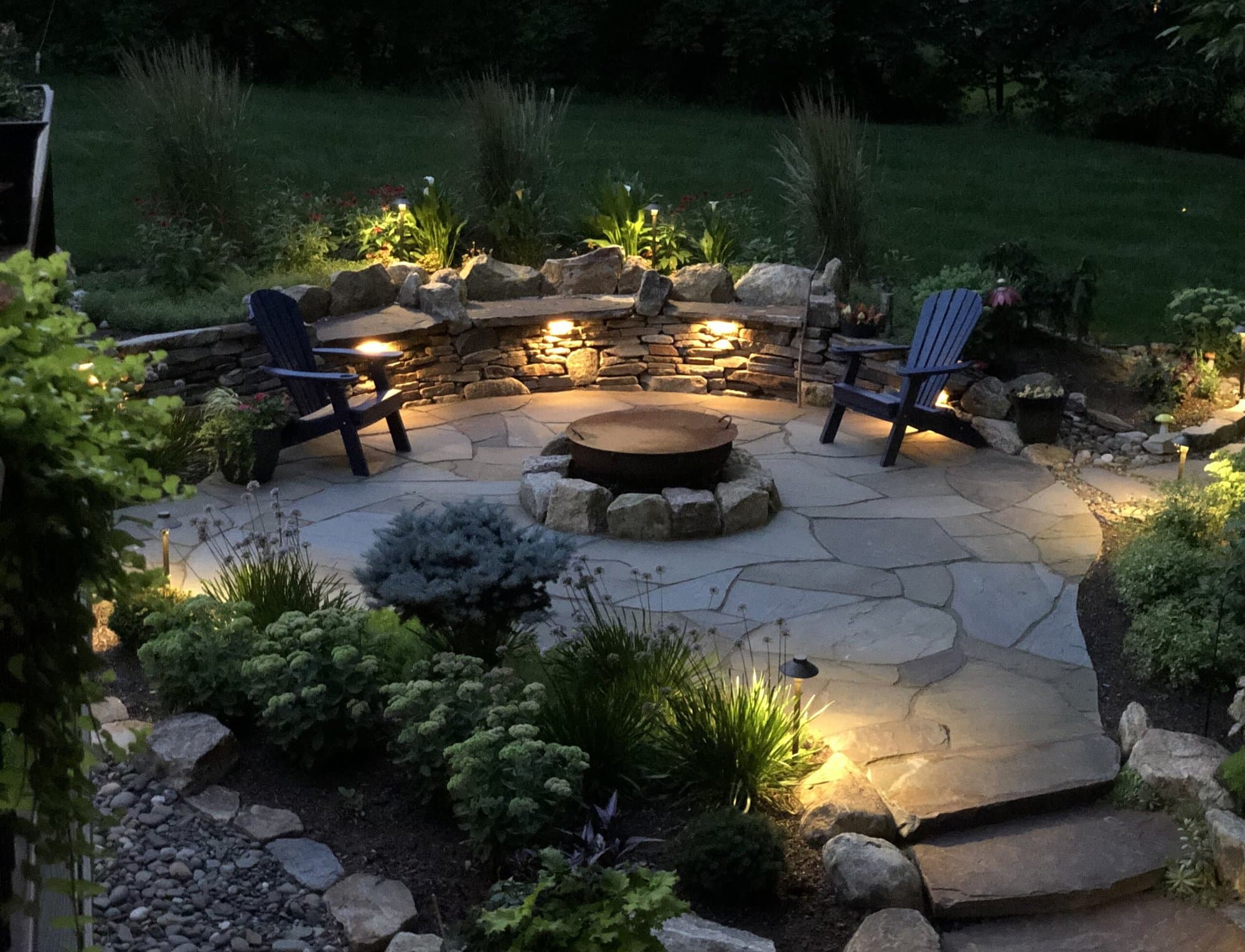Why Choosing the Right Palm Desert Landscaping Service Matters
Why Choosing the Right Palm Desert Landscaping Service Matters
Blog Article
A Comprehensive Guide to Designing and Implementing Effective Landscape Design Solutions
The art and scientific research of landscaping prolong beyond simple aesthetics; they include a thoughtful assimilation of design concepts, ecological stewardship, and useful execution. What strategies can one utilize to ensure these landscapes not only grow but likewise prosper in consistency with their surroundings?

Recognizing Landscape Style Concepts
One may wonder what fundamental elements add to efficient landscape layout. At its core, successful landscape design pivots on several crucial principles that lead the arrangement and selection of aspects within an area. These principles include unity, equilibrium, proportion, and rhythm, each offering to produce a harmonious outside setting.
Unity refers to the cohesive relationship amongst numerous components, making certain that they interact aesthetically and functionally. Equilibrium can be attained through symmetrical or unbalanced arrangements, permitting the landscape to really feel steady and inviting. Percentage entails understanding the scale of aspects in connection with each various other and the surrounding setting, promoting visual consistency and comfort.

Evaluating Your Outdoor Area
Prior to implementing the principles of landscape style, a thorough assessment of your outside room is vital. This initial assessment assists specify the extent of your landscape design project and guarantees that your style lines up with the special features of your home. Begin by assessing the measurements of your room, taking precise measurements to understand the available area for various elements such as patio areas, yards, and paths.
Next, observe the existing attributes of your landscape, consisting of topography, dirt high quality, and drain patterns. These elements substantially influence plant selection and placement. In addition, analyze the sunshine exposure across various locations throughout the day, as this will impact the kinds of plants that grow in your yard.
Think about the microclimates created by frameworks, trees, and various other challenges, as they can affect temperature level and wetness degrees. Finally, make note of any kind of existing plants or hardscape components that you wish to get rid of or retain. This comprehensive examination lays the foundation for a knowledgeable and reliable landscape design service, ensuring that your style is not just cosmetically pleasing however lasting and also practical for years ahead.
Sustainable Landscape Design Techniques
Including sustainable landscape design techniques is crucial for producing an eco responsible exterior space. These methods not just promote environmental equilibrium yet additionally improve the useful and aesthetic value of a landscape. One fundamental strategy is the usage of indigenous plants, which call for less water and upkeep while supporting neighborhood wildlife. Executing reliable watering systems, such as drip irrigation, reduces water waste and makes certain that plants receive sufficient wetness.

An additional reliable strategy is the like it critical positioning of bushes and trees to supply natural windbreaks and color, hence decreasing energy expenses (Palm Desert Landscaping). Rain yards can be incorporated into the landscape design to manage stormwater overflow successfully, filtering pollutants before they get in rivers
Choosing the Right Plants
Choosing the right plants for your landscape is vital to attaining both aesthetic appeal and ecological harmony. The process begins with an understanding of your regional climate, soil conditions, and the certain microenvironments within your landscape. Examining variables such as sunshine direct exposure, dampness degrees, and existing vegetations will certainly aid you pick plants that grow in your one-of-a-kind setup.
Take into consideration including indigenous plants, as they are well-adapted to neighborhood problems, need much less maintenance, and support local wildlife. In addition, picking a varied variety of types can improve biodiversity while decreasing the risk of disease and pest episodes. It is necessary to evaluate the development routines, flowering periods, and seasonal colors of possible plants to develop a natural and dynamic landscape.
Moreover, believe about the planned usage of the area; for instance, if the area will certainly experience high foot web traffic, choose for resilient ground covers. By attentively selecting plants that line up with both your aesthetic objectives and ecological requirements, you can produce a sustainable landscape that not just boosts your visit site home but additionally adds positively to the bordering environment.

Application and Upkeep Approaches
Once the ideal plants have actually been picked for your landscape, the focus shifts to efficient execution and recurring maintenance techniques. Effective installment begins with appropriate site preparation, which includes dirt screening to identify nutrient levels and pH, complied with by changing the dirt as required. Carefully organize plants according to their growth routines and light demands, making sure ample spacing to advertise healthy growth.
Irrigation is an important component of implementation. Establish a watering schedule that considers the particular demands of each plant species, adjusting for seasonal changes. Utilizing drip irrigation systems can enhance water performance and lower drainage.
Upkeep methods need to be carried out to make sure the durability and vitality of your landscape. Regular jobs consist of weeding, mulching, and trimming to manage growth and prevent condition. Fertilizing must be carried out based on dirt examinations, offering the necessary nutrients without over-fertilizing.
Keeping track of for pests and conditions is important; early detection can protect against considerable damage. Lastly, seasonal changes to maintenance regimens, such as preparing and winterizing perennials for springtime growth, will certainly make sure that your landscape remains visually appealing and healthy and balanced year-round.
Conclusion
Effective application and continuous upkeep even more make certain the long life and vitality of landscapes. By integrating these elements, landscapes can be transformed into attractive, useful environments that promote biodiversity and contribute positively to community well-being.
One might wonder what foundational elements contribute to effective landscape design. At its core, additional reading successful landscape design hinges on several essential principles that direct the arrangement and selection of elements within a space.Selecting the right plants for your landscape is essential to achieving both visual appeal and ecological harmony. It is essential to evaluate the development habits, growing durations, and seasonal shades of prospective plants to produce a dynamic and cohesive landscape.
Once the appropriate plants have actually been picked for your landscape, the emphasis moves to efficient application and continuous maintenance strategies.
Report this page